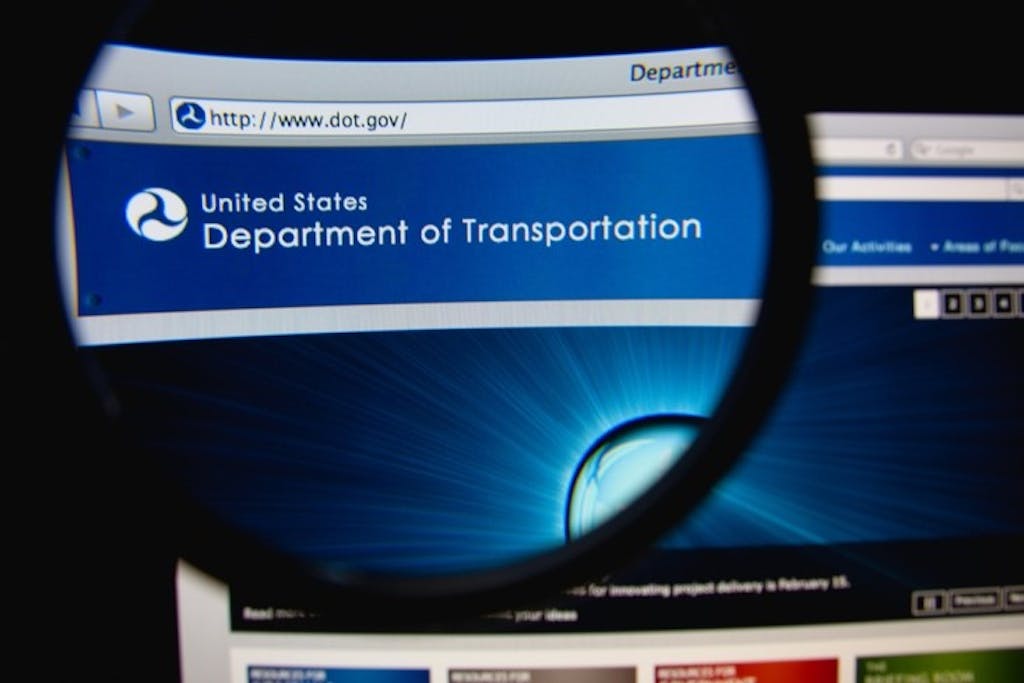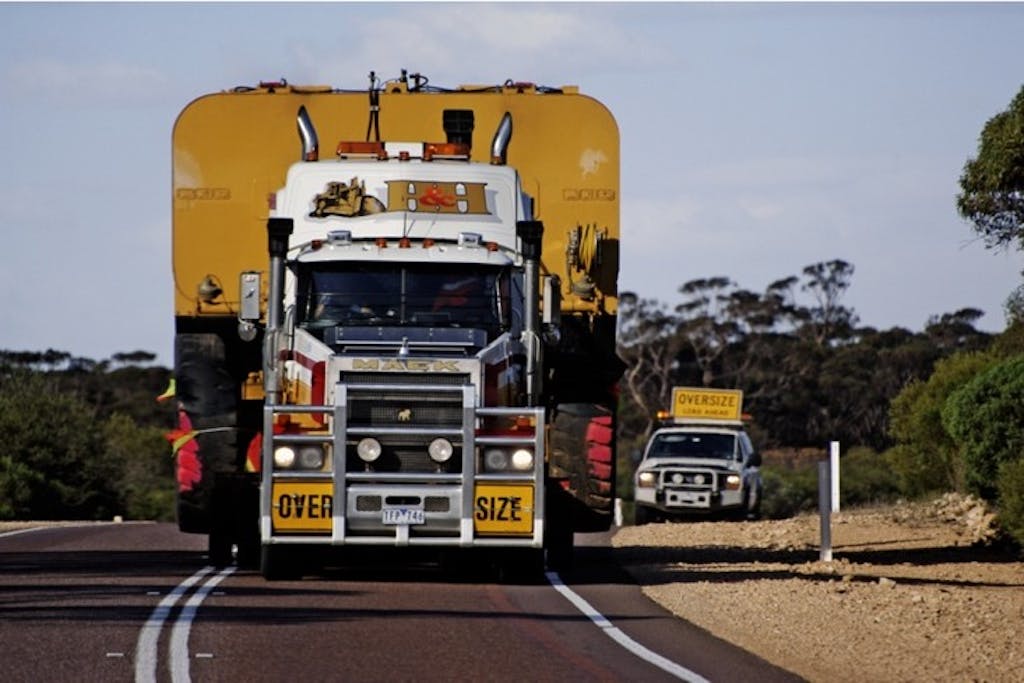Wide Load & Oversize Load Regulations and Permits
October 24th, 2019
Before you get on the road with a large load, it’s always important to make sure that your load meets regulations. Wide load permits are often necessary for large loads such as tractors, cranes, prefab homes, and various industrial equipment and cargo. Some wide and oversize loads require additional permits or escorts, but laws can vary from state to state, and thus, make it confusing to navigate compliance.
If you’re preparing to transport a load that you think may fall into the wide or oversize load category, read on to learn what a wide or oversize load is, regulations by state, and how to obtain wide load permits for your next haul. Safe to say that if you’re using a schnable trailer you should check local requirements, too.
Local Oversize Load Regulations and Laws
The first step to getting your load on the road is understanding local regulations. Identify which cities, counties, and states you’ll be traveling through so that you know exactly which regulations you need to adhere to.
While regulations vary from state to state, there are some typical guidelines that you can expect to meet across the United States:
- The standard width of a highway lane is 12 feet
- Loads exceeding 8.5 feet wide are considered oversize and require a state permit
- Maximum height limit is 12.5 to 14.5 feet
- Loads exceeding 12 feet wide may require pilot or escort vehicles (P/EV)
- Loads over 16 feet wide are considered super loads and may require road closures in addition to an escort vehicle or police attendant
There are no federal permits issued for oversize or overweight vehicles, as each state is responsible for issuing permits based on their unique regulations. However, there are federal regulations for size and weight that need to be checked prior to hauling to ensure that further accommodations or changes to the load aren’t needed.
Federal weight compliance needs to be considered, even if the width, height, or length of the load doesn’t exceed state regulations. Drivers and operators should familiarize themselves with the route they will travel so they know whether or not there are bridges, which can affect the structure of your trailer load. Bridge weight formula is calculated with the following equation:
W=500(LN/N-1 + 12N + 36)
- W = overall gross weight on any group of two or more consecutive axles to the nearest 500 pounds
- L = distance in feet between the extreme of any group of two or more consecutive axles
- N = number of axles in the group under consideration
What to Do If Hauling an Oversize Load
Once you establish that you have a wide or oversize load that requires an over-dimensional permit, there are a few other ways to prepare for your haul. These include obtaining the permits themselves, using escorts, and following additional safety precautions.

Oversize and Wide Load Permits
Since regulations and permitting varies based on state, it’s best to contact local authorities to ensure your load is compliant and appropriately permitted. The U.S. Department of Transportation Federal Highway Administration has a complete list of all state and Canadian permit contacts on their website.
Cost is a common concern that drivers and operators have, as permits, combined with an escort can be quite costly. Permit prices can range from $15 to $70 depending on the state, route, destination, and size of the load, and may also require a processing fee.
Permits generally include allowances for the following:
- Oversize
- Overweight
- Civilian or police escorts
- Superloads
- Fuel or trip permit to legally travel through a state in which the vehicle isn’t registered

Escorts
Escorts vary depending on the state and the load. Be sure to check with each state you’ll be traveling through to ensure that you have proper escorts and meet oversize load laws. Factors to consider regarding escorts include:
- The type of load you’re hauling
- Size of load
- Type of highway you’re driving on in each state (bridges, interstates, side streets)
- Time of day you’re traveling
- Travel route (will you be crossing state lines?)
Additionally, some states require pilot/escort drivers to be certified, which may factor into the price for over-dimensional permits.
Safety Markers and Indicators
Safety is a primary concern for any vehicle, but hauling an oversize load increases safety risks. Thus, extra precautions need to be taken to ensure that loads are moved appropriately. Common safety equipment includes:
- Warning signs
- Flags
- Lights
States may have different guidelines for how drivers and operators apply safety indicators, but generally, they require the vehicle to have a yellow and black sign that says, “WIDE LOAD” or “OVERSIZE LOAD.” This sign is posted on the front and back of the transporting vehicle or load.
Oversize load regulations must also have flags on any part of the load that extends beyond the transporting vehicle. For example, if the corner of the load is wider than the trailer it’s on, it needs a red or orange flag that is 18 inches square attached to the furthest edge. Check with local regulations regarding the specific location of flags.
In the event that you’re traveling at night, lights may be required in place of flags. Lights are placed in the same location as flags to alert fellow drivers of the extent of the load. Extreme weather like fog may also necessitate lights.
If you’re planning to purchase or rent a commercial trailer for oversize loads, you’ll want to know the rules for wide load permits and over-dimensional loads. Partnering with trailer experts can ensure that you get the right trailer for the type of load you’ll be carrying, including appropriate axles for heavier loads.
At Hale Trailer Brake and Wheel, Inc., we have knowledgeable representatives at each of our trailer rental locations ready to answer your questions and help you find the right commercial trailer for your hauling needs.
All the information on this website – https://www.haletrailer.com – is published in good faith and for general information purposes only. Hale Trailer Brake and Wheel does not make any warranties about the completeness, reliability and accuracy of this information. Any action you take upon the information you find on this website, is strictly at your own risk. Hale Trailer Brake and Wheel will not be liable for any losses and/or damages in connection with the use of our website.
